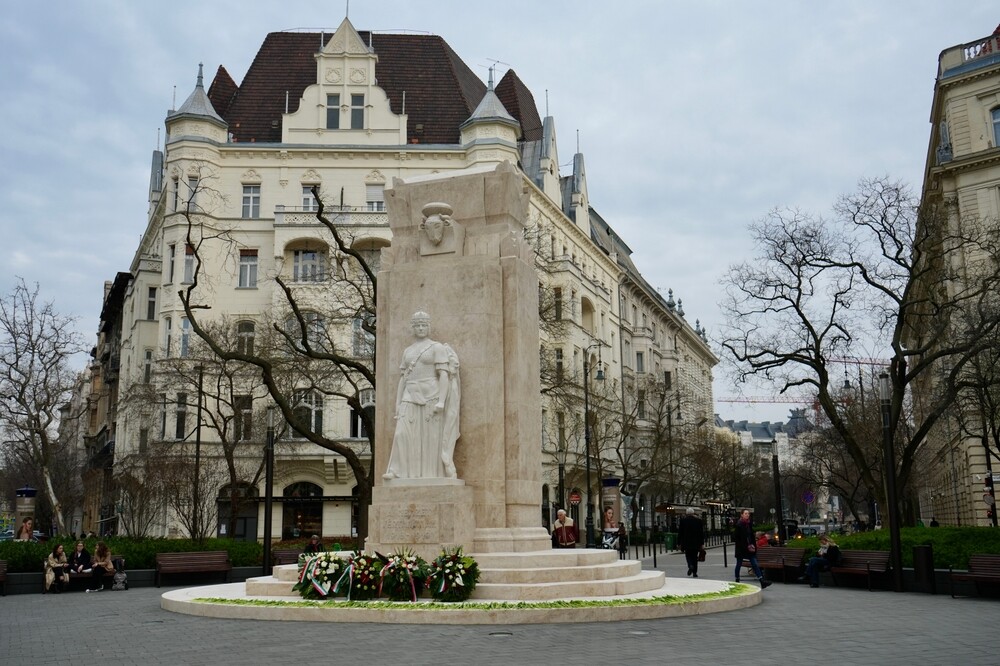5 Times A Country’s Money Became Totally Worthless

This generation has probably never been more aware of inflation than they are right now — with the strange twist that the exact definition of inflation seems to have been slightly warped. When somebody says “inflation” these days, they’re almost guaranteed to be referring to increased food prices, which might be a symptom of inflation, but aren’t the phenomenon itself. It’s arguable that those prices aren’t as connected to inflation as people think, since inflation also makes a great cover for some good old-fashioned price-gouging, or “greedflation.”
Now, real, serious inflation? That’s when there’s so much printed money flying around that the actual value of the currency it’s attached to starts to drop. In tame scenarios, this just makes your country really cheap for people to vacation in. In the most serious circumstances, though, you can end up with hyperinflation, and money that’s genuinely not worth the paper it’s printed on.
Don't Miss
Here are five countries that could tell you all about it…
Zimbabwe

Shutterstock
The U.S. might have been facing its own Great Recession in 2008, but it was absolute peanuts compared to the economic nightmare that Zimbabwe had created for itself. In fact, Zimbabwean currency is still reeling today, though it’s not as ludicrously worthless as it was back then. It was a country that didn’t have much money in its reserves, and zero reservations about printing plenty of cash regardless. Being a heavily corrupt government didn’t do its dollars any favors either.
I’ll tell you the exact rate of inflation, but I warn you, it sounds made up. Bloomberg estimated that inflation peaked at 500 billion percent in 2008. The money was so completely useless that alleys would be filled with discarded dollars, and even panhandlers would turn down Zimbabwean cash. It was so bad that, in 2009, the government stopped printing the Zimbabwean dollar altogether, and told people to use other country’s currency.
Hungary

Shutterstock
Surely, you’d think nothing could rival that level of absolute devaluation. Well, Hungary and the effects of World War II would like to have a word. After the war left the country in ruins, with its infrastructure destroyed and 40 percent of its national wealth looted, nobody was much interested in holding what had been a fairly reliable currency, the adorably named pengo.
The pengo’s fall was swift, too. At one point, prices in the country were doubling every 15 hours. In August 1945, one U.S. dollar was worth 1,320 pengos. Six months later, that same dollar was worth 128,000 pengos. The Hungarian government could do nothing but increase the denominations of their banknotes, with million and billion-pengo notes suddenly becoming standard pocket cash. They considered, but never issued, the largest banknote by denomination ever: one slip of paper worth a sextillion pengos.
How did the pengo recover? It didn’t. Instead, Hungary Old-Yeller’d the pengo out back, brought back the gold standard and introduced a new unit of currency: the forint. You could, of course, exchange your pengos for forint — at a rate of 400 octillion to 1.
Weimar Germany

Any time you want to think about the sort of effect actual, real inflation can have, keep in mind that its role in collapsing the Weimar Republic’s economy is directly linked to the rise of Adolf Hitler. In the early 1900s, Germany was in a bad way thanks to losing a war against the rest of the world. Which, granted, it’s tough to feel that bad about. In addition to their country being blown up, Germany was also responsible for paying reparations to the world they’d tried to fight.
By now, you should have a pretty good idea of what their non-solution was. Crank the money machine up to ludicrous speed, and hope you can spend those Deutschmarks before anyone figures out there’s no money behind them. This didn’t work, as it almost never does, and they saw an inflation rate of 30,000 percent a month. The government so thoroughly screwed their currency that people went back to the barter system — until a charismatic, deeply evil man with one-third of a mustache offered them a bold new path.
Yugoslavia

Yes, that’s a 500 billion dinar note, and no, functional economies don’t issue them. Even more evidence that it’s not a sign of a successful time is that it’s from a country that no longer exists.
Yugoslavia experienced its own devastating period of hyperinflation in the early 1990s, and though Yugoslavian history and politics are incredibly complicated, the cause for this inflation was horrendously straightforward: Slobodan Milosevic. Like most people tried at the Hague, he was not a great guy. He single-handedly tanked the value of Yugoslavia’s currency by secretly issuing $1.4 billion in credit to his friends from a central bank, something that makes a country’s books about as balanced as Joe Biden with an inner ear infection.
The currency became so useless that the government had to resort to providing rations because people couldn’t afford to eat.
France

Shutterstock
I couldn’t in good faith do an article on hyperinflation without giving a nod to the first time it truly popped up. The government that learned how dangerous printing buttloads of money could be, via guillotine: the French!
All the way back in 1792, paper money was just starting to be begrudgingly accepted as truly valuable. Before then, people wanted something backed by a coin they could bite, or goods they could stack in a barn. Almost immediately, Frenchmen who didn’t trust these official government IOUs found themselves vindicated. Unfortunately for the French National Assembly, they were the first government willing to find out what happens if you just send your mint into overdrive: You end up with bank notes that you’re producing at a loss, because the ink on each one is worth more than the note itself.